Chapter 5
Art of the Aegean Civilizations
By Boundless
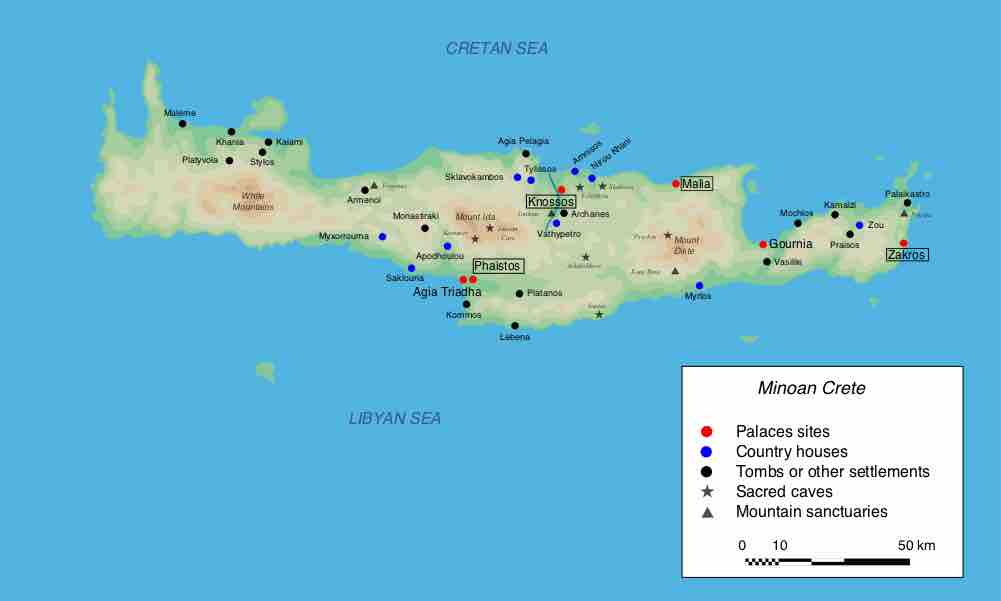
The Protopalatial period of Minoan civilization (1900 to 1700 BCE) and the Neopalatial Period (1700-1450 BCE) saw the establishment of administrative centers on Crete and the apex of Minoan civilization, respectively.
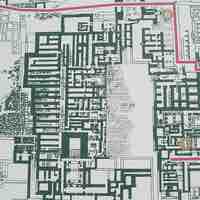
Minoan palace centers had a central ceremonial courtyard, and were divided into numerous zones for civic, storage, and production purposes.
Minoan painting is distinguished by its vivid colors and curvlinear shapes that bring a liveliness and vitality to the scenes.
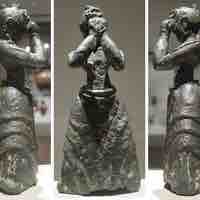
Minoan sculpture consist of figurines that reflect the culture's artistic style and important aspects of daily life.
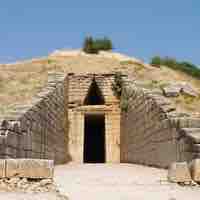
The architecture of Mycenaean citadel sites reflects the society's war-like culture and constant need for protection and fortification.
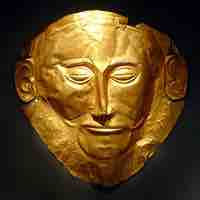
The Mycenaeans were masterful metalworkers as is demonstrated through gold, silver, and bronze daggers, drinking cups, and other objects.
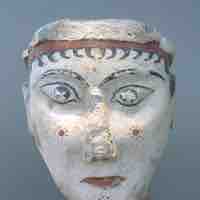
The Mycenaeans were talented potters; their ceramics style and decoration reflected both their skill and the values of their culture.